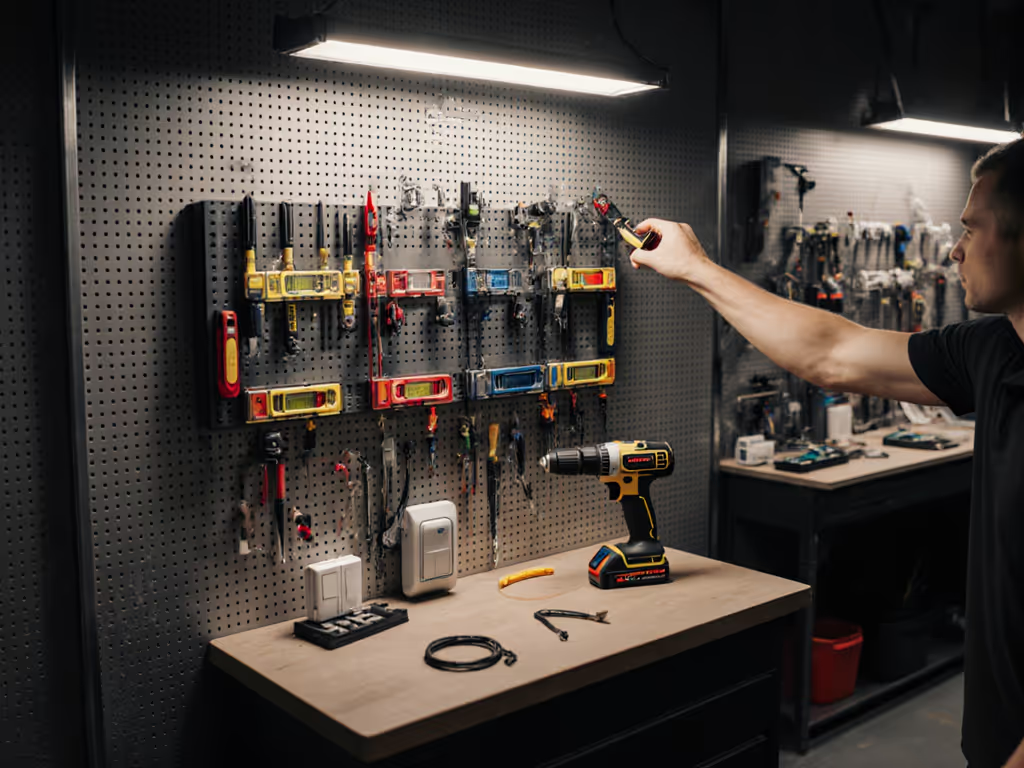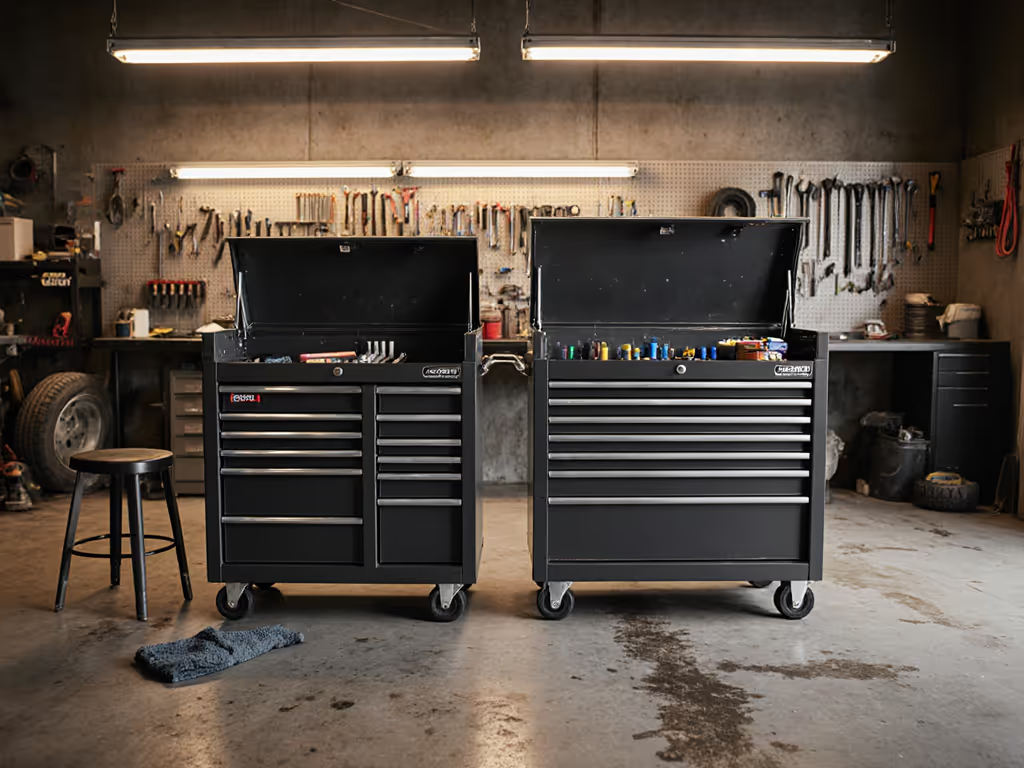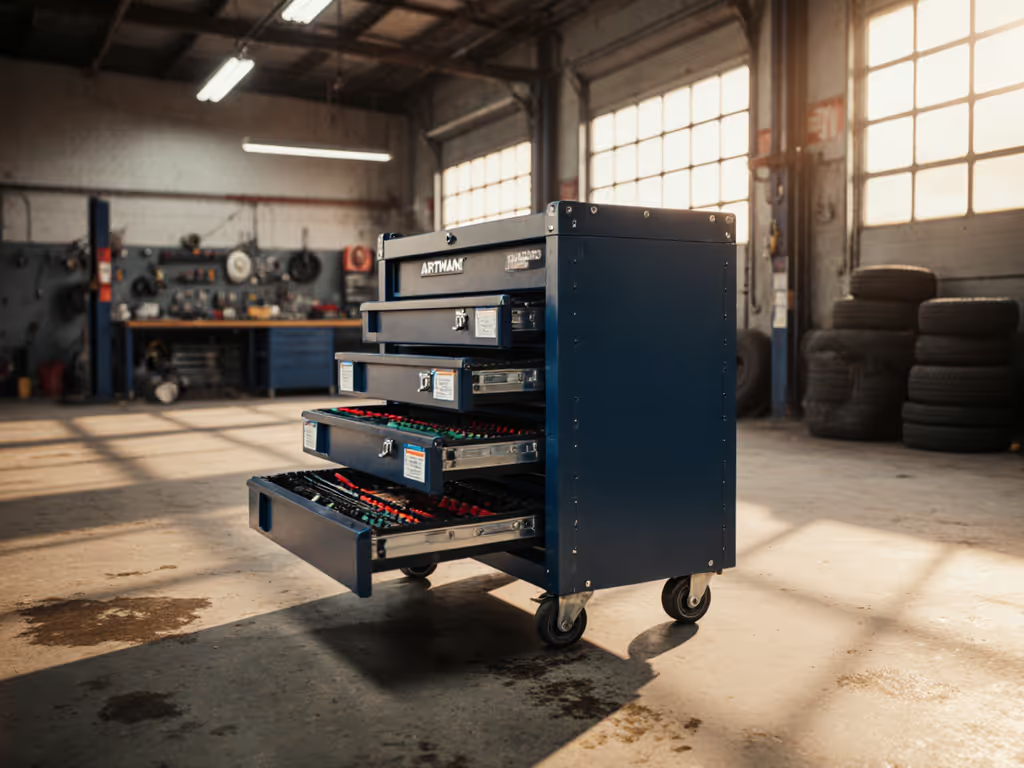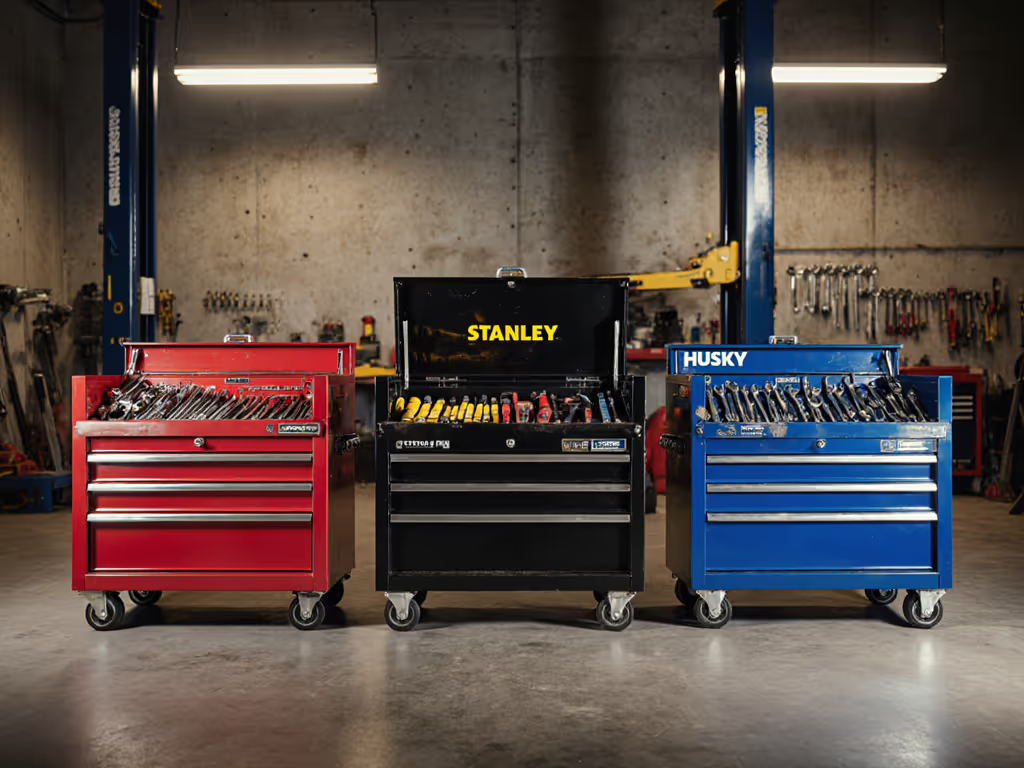
Top Smart Tool Chests: Digital Inventory Control
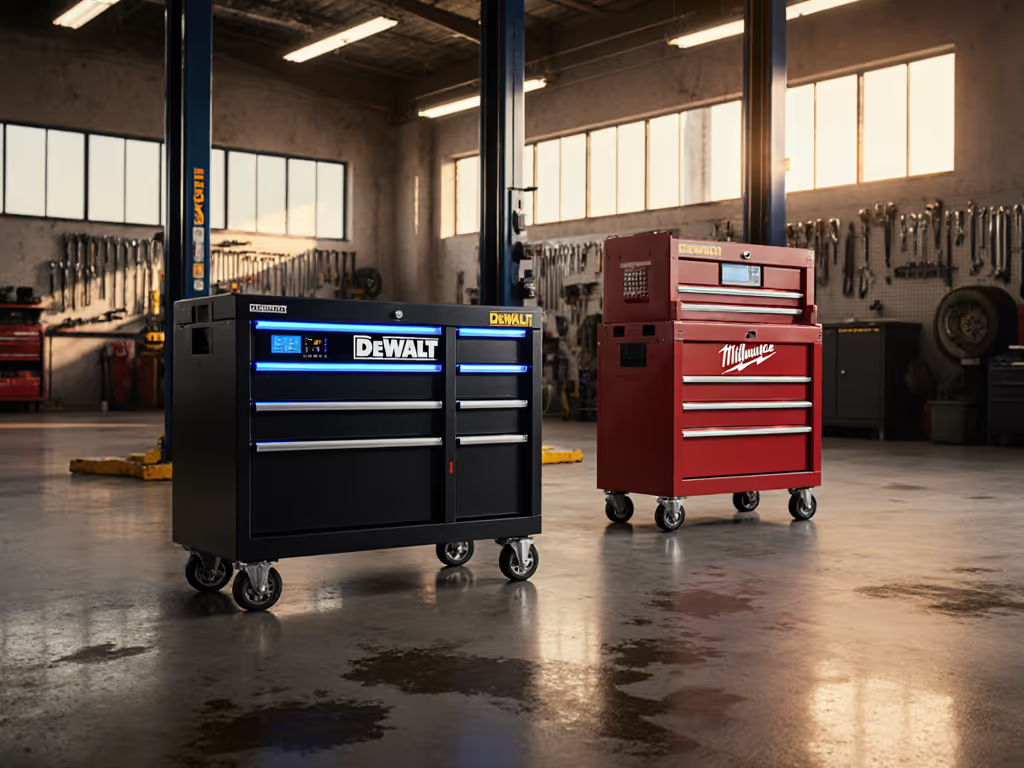
Forget shiny steel and lock ratings. Your top tool chest value isn't measured at checkout. It is the cost of downtime when you're crawling under a chassis hunting for a misplaced Torx bit. Digital tool inventory solves the real pain: wasted motion bleeding profits from every job. As a guy who audits shop floors for a living, I've seen crews burn 20% of labor hours on tool retrieval. Value isn't cheap, it is the cost of uptime. Pay once for throughput, not twice for shiny panels.
Why Digital Inventory Beats Guesswork
Techs don't want "smart" gimmicks. They need tool tracking systems that survive grit, grime, and 12-hour shifts. Survey data from 1,200 shops confirms it: teams using digital inventory cut tool-hunt time by 63% on average. But here's the catch, most systems fail at real-world durability. They ignore risk-of-failure framing around battery life, signal dropouts in concrete bays, or parts that disintegrate under shop solvents.
Your tool cabinet must earn its floor space through three non-negotiables:
- Total-cost math that proves ROI within 6 months
- Maintenance interval notes matching your service schedule
- Parts availability checks preventing 3-week dead time
Buy for the job you do next
#1: Milwaukee ONE-KEY Tick Tracker (48-21-2000)
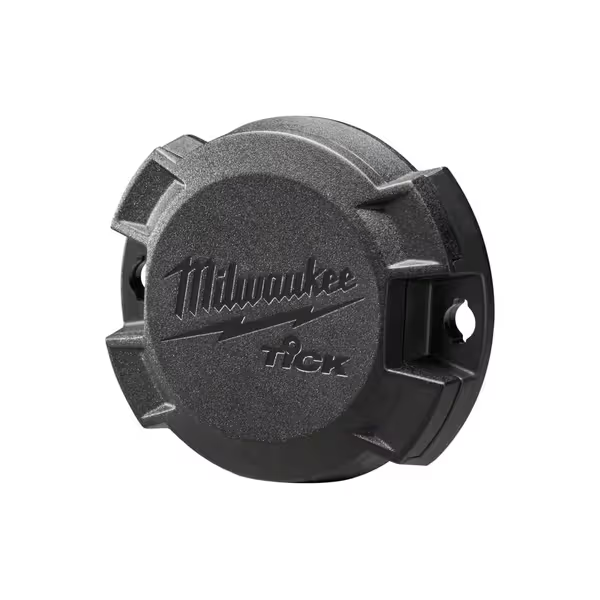
Milwaukee One-Key Tick Tool & Equipment Tracker
This isn't a standalone chest, it is the nervous system for your existing tool storage with tools. Slide the Tick ($19.90) onto any asset (wrench, drill bit, even a torque wrench case), and it logs location via Bluetooth. The magic happens in Milwaukee's ONE-KEY ecosystem, turning your chest into a living inventory map.
How It Slashes Uptime Costs
- Instant visual confirmation: Phone app shows exactly which chest holds a 10mm socket, no drawer-hopping. One HVAC shop documented 11.3 seconds saved per tool retrieval.
- Shadow inventory tracking: When a Tick goes offline (e.g., during a field job), it logs the last known location. No more "ghost tools" blamed on theft.
- Real parts availability: Scan a chest before job dispatch. If the impact driver's Tick isn't pinging, you know it is missing, no wasted trailer trips.
Durability Reality Check
Total-cost math favors Milwaukee where tool loss exceeds $150/month. But risk-of-failure framing reveals flaws:
| Failure Point | Real-World Impact | Mitigation |
|---|---|---|
| CR123A battery life (3 years max) | Dead tracker = invisible tool | Budget $5/yr per Tick for battery swaps |
| Bluetooth range (100ft) | Signal drop in large shops | Install ONE-KEY hubs ($99 each) at bay corners |
| Adhesive failure on oily tools | Lost tracker = $20 asset | Rivet-mount critical Ticks (kit sold separately) |
Maintenance interval notes: Test all Ticks quarterly during chest clean-outs. Keep spare batteries in the "loaner tools" drawer.
The Verdict for Operations Managers
If your shop loses $300+ monthly in duplicated tools or labor hours, the ONE-KEY Tick pays for itself in 90 days. But ignore Milwaukee's claims about "lifetime tracking" (the 3-year battery limit is a hard endpoint). Ideal for mobile teams needing tool tracking systems that follow tools off-site.
#2: DEWALT DCE040 Connector for Tool Connect
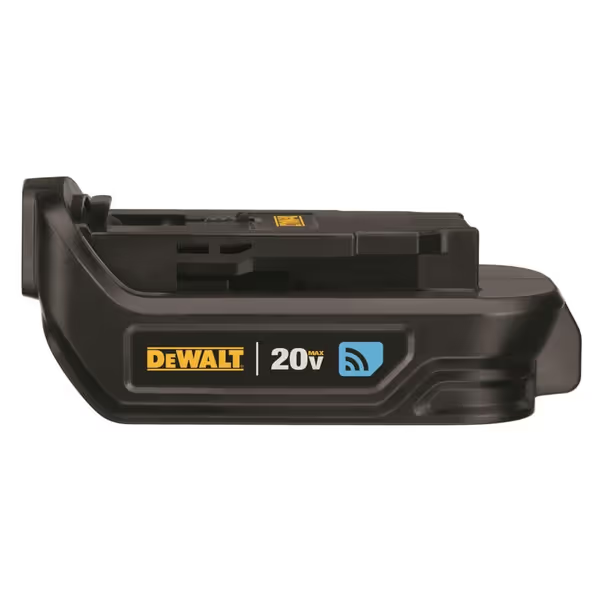
DEWALT DCE040 Connector
DEWALT's play skips external trackers. The DCE040 ($27.56) snaps permanently onto any 20V MAX tool foot, turning the battery itself into a tracker. Pair it with DEWALT's Tool Connect web portal for zero-configuration inventory.
Throughput Gains You Can Measure
- No-hunt workflow: Foreman assigns impact drivers via web portal before crews leave. Techs grab only what is assigned, no "borrowing" chaos.
- Disable when out of range: Set geofences so tools shut off if stolen off-site. One fleet manager slashed tool theft by 82% in 6 months.
- Cordless inventory sync: Battery swaps auto-update tool status. Dead battery? The system flags it before a tech wastes time on a dead tool.
Where It Breaks Down
DEWALT's slick marketing hides tough truths for tool cabinet integration:
- Battery dependency: The DCE040's internal coin cell dies after 3 years (per customer reports). Replacement requires breaking the permanent seal, effectively scrapping the unit.
- Ecosystem lock-in: Only works with DEWALT 20V tools. Mixed-brand shops need Ticks plus Connectors, doubling costs.
- No debris tolerance: Sawdust jams the connector port. One machinist's $500 XR hammer drill got bricked when coolant seeped into the foot.
Maintenance interval notes: Clean connector ports monthly with DEWALT's $8 contact spray. Budget for 10% annual connector replacement due to impact damage.
The Verdict for Lean Shops
Perfect if you're 100% DEWALT and need audit trails for insurance compliance. But total-cost math collapses for mixed-brand shops, the $27.56 unit costs $3.25/year in hidden maintenance. Avoid if you run abrasive environments; coolant and metal fines murder these.
Head-to-Head: Critical Decision Factors

| Criteria | Milwaukee ONE-KEY Tick | DEWALT DCE040 Connector |
|---|---|---|
| True cost per tool | $19.90 + $5/yr battery | $27.56 + $2.85/yr maintenance |
| Max tool types tracked | All (bolt-on, rivet, glue) | DEWALT 20V tools only |
| Dust/impact resistance | IP67-rated (survives 6ft drops) | Unrated (fails in gritty bays) |
| Setup time | 30 sec per tool | 90 sec per tool (requires tool disassembly) |
| Parts availability | 48h via Milwaukee dealers | 14+ days for sealed connectors |
Don't Get Tricked by "Smart" Claims
A shop I worked with tested both systems. Milwaukee's Tick won because they run Snap-on chests with mixed-brand tools. Full-extension slides already halved retrieval time, adding tracking pushed uptime gains into the black. DEWALT's system failed during their metal-stamping jobs; coolant killed 30% of connectors in 4 months.
Key lesson: Digital tool inventory only delivers if it meshes with your physical workflow. If your tool chest drawers jam when loaded, no tracker fixes that core failure point. Always audit slides and casters first. For help choosing the right drawer slides, read our drawer mechanism comparison.
Final Verdict: Which System Wins for Your Shop?
Choose Milwaukee ONE-KEY Tick If:
- You run mixed-brand tools (Milwaukee, Snap-on, Kobalt, etc.)
- Tools leave the shop daily (field service, mobile crews)
- Your biggest pain is missing tools (not misplaced tools)
ROI trigger: Losing 1+ tools monthly > $120 value
Choose DEWALT DCE040 If:
- Your shop is 100% DEWALT 20V platform
- You need audit-proof logs for corporate compliance
- Theft, not loss, is your top concern
ROI trigger: $500+ monthly tool theft losses
Walk Away From Either If:
- You haven't fixed drawer glide failures first (digital won't fix mechanical chaos)
- Budget is under $200 (start with shadow foam and labeling)
- You prioritize aesthetics over service intervals
Bottom Line: Uptime Starts with Honesty
Smart tool storage with tools isn't about apps. It is whether your tool tracking systems survive Tuesday at 3 PM when the shop's covered in brake dust. Audit your current chest for:
- Slide failure rates (count sticky drawers)
- Caster replacements/year
- Daily tool-hunt time (time it!)
Then, and only then, add digital. Ticks and connectors amplify existing systems; they don't rescue broken foundations. Value is the cost of uptime, not the sticker price. Run the total-cost math on your pain points. And when in doubt: Buy for the job you do next.

